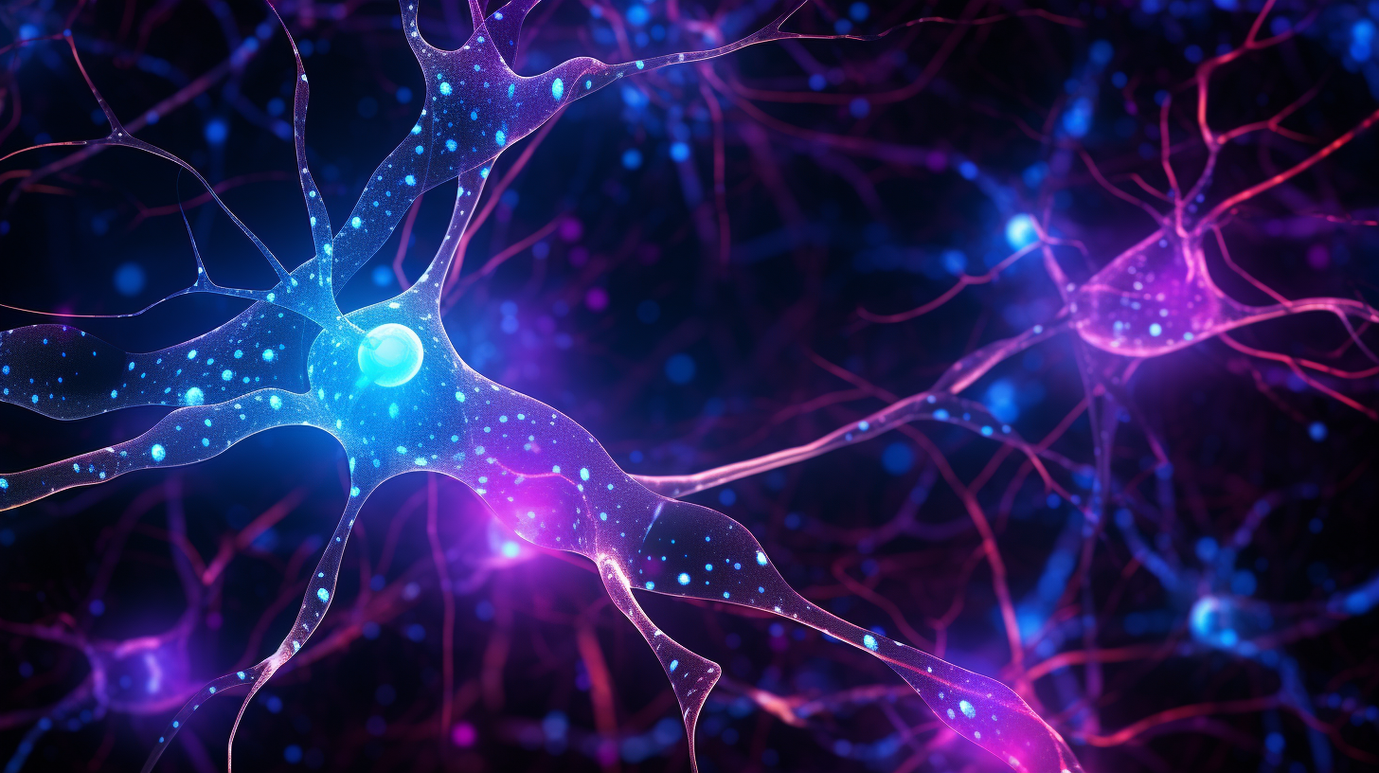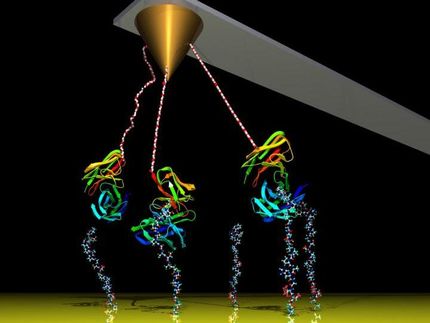The secret life of cells – in colour
Lennart Nilsson Award 2011
The 2011 Lennart Nilsson Award is to be presented to American biologist Nancy Kedersha, who is to receive the prize for her colour pictures showing the inner life of a cell.
The panel’s citation reads as follows: “Nancy Kedersha’s colour images open our eyes to the smallest components of life. Through her work she has pushed cell biology into new scientific, pedagogical and aesthetic realms. With the aid of a confocal microscope, she has turned biological data into an artistic experience.”
Nancy Kedersha is a researcher at the Boston Medical School, USA, and director of the confocal microscopy core at the Brigham and Women’s Hospital in the same city.
She was born in 1951 in Hackensack, New Jersey, and graduated with her PhD in biochemistry in 1983. In the mid-1980s, Dr Kedersha was involved in the discovery of a previously unknown structure in the cell, a tiny organelle not unlike the dome of a church in form. In order to better understand the structure’s cellular context, Dr Kedersha refined available techniques for picking out the various components of the cell in different colours – a process known as fluorescence.
There are thousands of antibodies and other substances that make individual molecules in the cell glow green, red or blue, and this enables Dr Kedersha to identify different functions within the cells. By combining different substances she has managed to produce a number of tones over and above the three prime colours. Using her colour images, she can distinguish between healthy cells and cancerous cells, dormant cells and cells in various stages of division.
Her work has proved so successful that several photo agencies specialising in scientific images make her photographs available for illustrations in textbooks, covers for scientific journals, etc. Colour images from the confocal microscope are also fundamental to Dr Kedersha’s current research. She has published a number of scientific articles in leading periodicals in which her photographs are part of the actual presentation. As she says: “I see my photographs as an aesthetic form of data. They are challenging as they have to be interpreted – or rather translated – into concrete language and models to turn them from art into science.”
Most read news
Organizations
Other news from the department science

Get the analytics and lab tech industry in your inbox
By submitting this form you agree that LUMITOS AG will send you the newsletter(s) selected above by email. Your data will not be passed on to third parties. Your data will be stored and processed in accordance with our data protection regulations. LUMITOS may contact you by email for the purpose of advertising or market and opinion surveys. You can revoke your consent at any time without giving reasons to LUMITOS AG, Ernst-Augustin-Str. 2, 12489 Berlin, Germany or by e-mail at revoke@lumitos.com with effect for the future. In addition, each email contains a link to unsubscribe from the corresponding newsletter.
Most read news
More news from our other portals
See the theme worlds for related content
Topic world Antibodies
Antibodies are specialized molecules of our immune system that can specifically recognize and neutralize pathogens or foreign substances. Antibody research in biotech and pharma has recognized this natural defense potential and is working intensively to make it therapeutically useful. From monoclonal antibodies used against cancer or autoimmune diseases to antibody-drug conjugates that specifically transport drugs to disease cells - the possibilities are enormous

Topic world Antibodies
Antibodies are specialized molecules of our immune system that can specifically recognize and neutralize pathogens or foreign substances. Antibody research in biotech and pharma has recognized this natural defense potential and is working intensively to make it therapeutically useful. From monoclonal antibodies used against cancer or autoimmune diseases to antibody-drug conjugates that specifically transport drugs to disease cells - the possibilities are enormous
Topic world Fluorescence microscopy
Fluorescence microscopy has revolutionized life sciences, biotechnology and pharmaceuticals. With its ability to visualize specific molecules and structures in cells and tissues through fluorescent markers, it offers unique insights at the molecular and cellular level. With its high sensitivity and resolution, fluorescence microscopy facilitates the understanding of complex biological processes and drives innovation in therapy and diagnostics.

Topic world Fluorescence microscopy
Fluorescence microscopy has revolutionized life sciences, biotechnology and pharmaceuticals. With its ability to visualize specific molecules and structures in cells and tissues through fluorescent markers, it offers unique insights at the molecular and cellular level. With its high sensitivity and resolution, fluorescence microscopy facilitates the understanding of complex biological processes and drives innovation in therapy and diagnostics.


















































